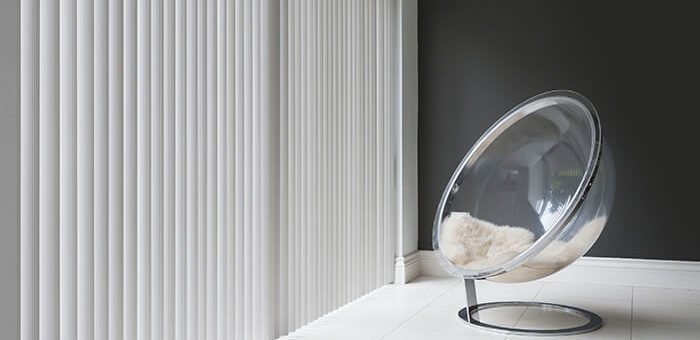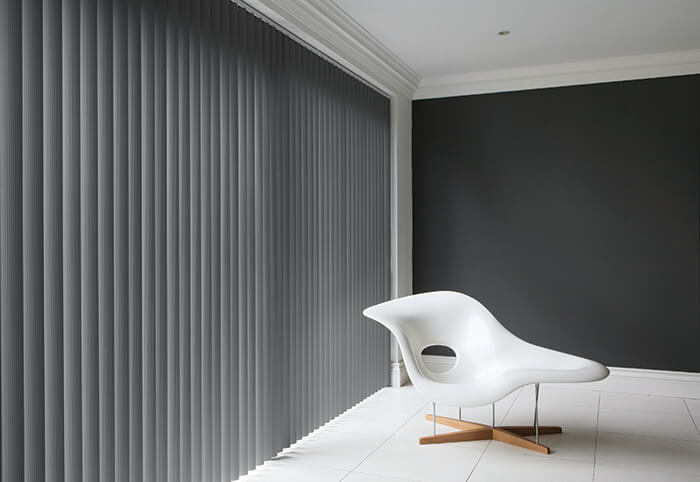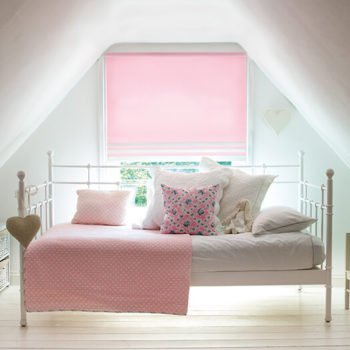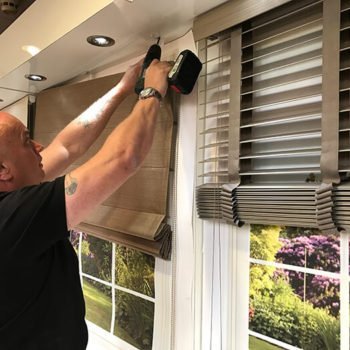
What are Water Resistant Blinds and Where to Best Use Them?
With so many different types of blinds available, understanding the differences between each of them can cause a headache. Some are more popular than others so are easier to identify, such as roller or vertical blinds, which are rather self-explanatory.
One type of blind that not everyone is aware of is water resistance blinds. So, what exactly are water resistant blinds and what type of rooms are the used in? Let’s take a closer look to find out more about water resistant blinds!
What are water resistant blinds?
As you may have guessed by the name, water resistant blinds are blinds with a strong resistance to water, meaning they cannot be damaged by excessive exposure to water and moisture.
Blinds being exposed to excessive moisture is much more common than you would assume, as there are various rooms where more water and moisture is present, so without water resistant blinds you could end up having to replacement them sooner rather than later.
They are made using waterproof fabrics that will not damage over time if exposed to moisture or dampness, allowing you to get a much longer life expectancy from your blinds.
Why are water resistant blinds needed?
Exposure to water or moisture can quickly deteriorate and/or discolour a set of blinds. Whether it’s the bottom of the blinds becoming damp from contacting water or the blinds becoming warped because of continued exposure to dampness, water resistant blinds can prevent plenty of issues.
For example, you could have a roller blind installed in your bathroom without realising how damp it becomes. This can lead to deterioration or the possibility of mould developing, neither of which is desirable, so by getting appropriate blinds you can ensure no problems arise due to water or moisture.
Where is the best place to use water resistant blinds?
The most obvious rooms that will require water resistant blinds is bathrooms and kitchens. As these rooms have water supplies that are frequently used, any blinds in these rooms will be at risk from increased moisture or water exposure.
Bathrooms are especially bad for dampness due to the high levels of moisture found in the room, so getting a set of water resistant blinds is a very worthwhile idea as it could end up saving you money because you won’t need to replace your blinds anywhere near as often!
What materials are used for water resistant blinds?
Previously, plastics such as PVC were the only effective material for water resistant blinds, so they were usually only found as roller blinds. However, recent innovations have allowed the development of many water resistant materials that can be used in blinds.
For example, moisture resistant wooden blinds will ensure that the wooden slats do not warp or bend, while a host of other fabrics can be used in Roman blinds to make them resistant to water and moisture.
- Posted by jthomas
- On July 3, 2017




